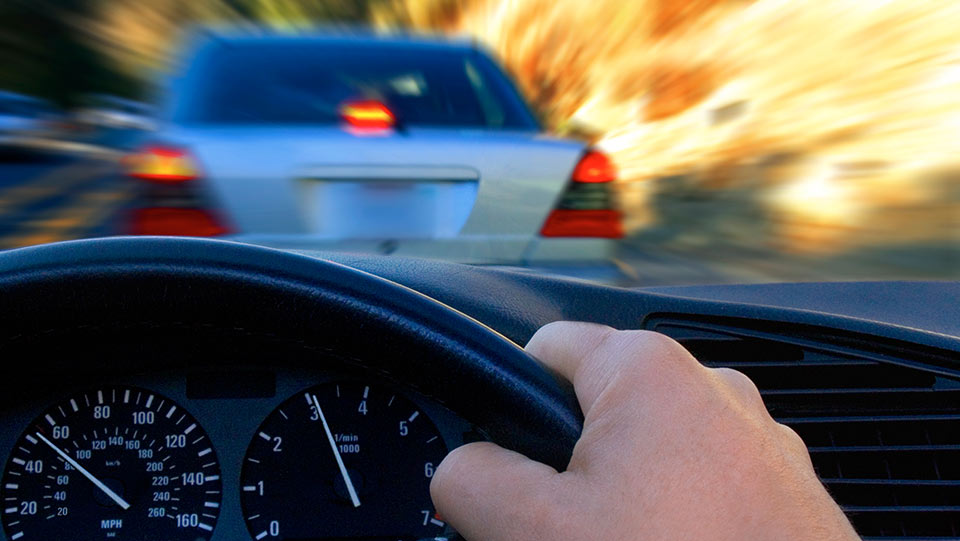5 Motorcycle Safety Tips


For some, there are few experiences that compare to hitting the open road on a motorcycle. Yet, along with bringing a feeling of exuberance and freedom, motorcycle riding is statistically much riskier than operating a car, truck or SUV. Consider that in 2019, motorcyclist fatalities occurred nearly 29 times more per mile driven than passenger car occupant fatalities in traffic crashes, according to the National Highway Transportation Safety Administration.1 Riding a motorcycle takes different skills than driving a car or truck. With this in mind, here are five safety tips motorcycle riders can take to help travel more safely:
1. Take a motorcycle safety course
There’s a big difference between driving a car and riding a motorcycle. Consider that it may be too risky to get on your bike and take off without prior training and education. Even if you already have a license to operate a motorcycle, it’s probably a good idea to take a motorcycle safety course to learn new skills or sharpen existing ones.
In addition to a basic operator course aimed at beginners, there are safety courses you can explore from organizations like the Motorcycle Safety Foundation® (MSF),2 which offers a variety of instruction modules that include, for example, topics such as riding in groups on the road or alone on the trails. Typically, programs consist of on-bike learning sessions mixed with online courses for both a practical and theoretical approach to hone or refresh safe riding habits.
2. Wear the right motorcycle gear
Riding the open road can be thrilling, but there’s no doubt that it exposes riders to the elements and other factors that can contribute to a potential spill. Wearing the right motorcycle gear can help. Some states require riders to wear helmets,3 which are designed to help protect against serious head injury. Another critical piece of equipment is eye protection, to help protect against debris that may be kicked up from other vehicles.
Then there’s leather riding gear and boots. While these may look cool, they can also serve a practical purpose. In the event you lose control of your bike and strike the road surface, the heavy outerwear is designed to help protect against road rash and may help to lessen the severity of muscular or skeletal injuries. On longer rides, it may be difficult to avoid precipitation so it’s a good idea to carry some rain gear. You may want to explore the types of motorcycle gear that are available and then decide what’s right for you.
3. Inspect your bike
When you’re rolling down the highway on your bike, you’ll want to know that it’s in tip-top operating condition. A mechanical failure while riding can lead to a serious crash, even if the trip is a quick ride across town at low speeds. To help minimize the possibility of an equipment or systems malfunction, thoroughly inspect your bike before every ride. Your pre-ride inspection should confirm that headlamps, turn signals and brake lights are functioning properly.
The MSF uses the acronym TCLOCS4 (tires, controls, lights, oil, chassis, stands) to help motorcyclists remember which areas typically should be inspected prior to riding. Checking tires for wear, cuts or bulges, for example, may help prevent a potentially troublesome blowout on the road. Maintaining proper fluid levels can help preserve the mechanical integrity of a bike and also can help prevent a sudden engine problem that could cause you to take a spill or have a mishap on the road.
4. Obey the traffic rules
The awareness of and deference to traffic signals, stop lights and speed limits is a commonsense practice that will help keep you safer while riding and help you avoid citations. Know the traffic rules, including those that may be specific to motorcyclists.
Heeding traffic rules is especially important because of the increased exposure a rider has on a bike. With the greater likelihood of serious injury or death in a motorcycle accident, riders should be extremely vigilant in observing the rules of the road. That means coming to full stops, slowing down for yellow lights and observing posted speed limits to help minimize the chance of a serious accident.
5. Stay observant and visible
A major cause of motorcycle collisions is that drivers of cars or trucks fail to see bikes on the roadway. With a compact physical profile, motorcyclists must take every possible precaution to help make sure they are visible to other drivers. Your pre-ride inspection should confirm that headlamps, turn signals and brake lights are functioning properly. High-visibility clothing helps riders be seen during the day, while reflective materials on bike frames or outerwear can help to increase visibility at night.
Defensive motorcycle operation also comes into play. Riders should constantly scan ahead and from side to side to observe any possible hazards that may cause a collision or upset. When it comes to other vehicles, a motorcyclist should always assume that another driver cannot see his or her bike. As a motorcycle operator, that means you should be at safe braking distances and controllable speeds when you are maneuvering in blind spots or in proximity to cars.
Learn more about insurance available for motorcycles
Whether you’re an experienced or novice motorcycle rider, you’ll want to protect yourself, your bike and others. By taking a little extra care and maintaining sound driving habits along the way, you can help improve your safety in getting to your destination.
Motorcycle insurance is offered by our trusted partner, Dairyland, through InsuraMatch, LLC, a Travelers-owned insurance agency.
**See details below.



